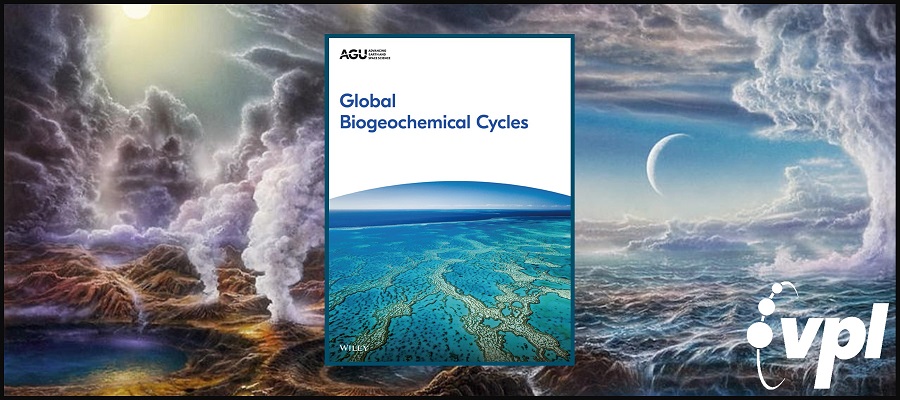High Burial Efficiency is Required to Explain Mass Balance in Earth’s Early Carbon Cycle (Global Biogeochemical Cycles, 2020)

VPL Authors
Full Citation:
Kipp, M., Krissansen‐Totton, J., & Catling, D. C. (2020). High burial efficiency is required to explain mass balance in Earth’s early carbon cycle. Global Biogeochemical Cycles. https://doi.org/10.1029/2020gb006707
Abstract:
Earth's carbon cycle maintains a stable climate and biosphere on geological timescales. Feedbacks regulate the size of the surface carbon reservoir, and on million‐year timescales the carbon cycle must be in steady state. A major question about the early Earth is whether carbon was cycled through the surface reservoir more quickly or slowly than it is today. The answer to this question holds important implications for Earth's climate state, the size of the biosphere through time, and the expression of atmospheric biosignatures on Earth‐like planets. Here, we examine total carbon inputs and outputs from the Earth's surface over time. We find stark disagreement between the canonical histories of carbon outgassing and carbon burial, with the former implying higher rates of throughput on the early Earth and the latter suggesting sluggish carbon cycling. We consider solutions to this apparent paradox and conclude that the most likely resolution is that high organic burial efficiency in the Precambrian enabled substantial carbon burial despite limited biological productivity. We then consider this model in terms of Archean redox balance and find that in order to maintain atmospheric anoxia prior to the Great Oxidation Event, high burial efficiency likely needed to be accompanied by greater outgassing of reductants. Similar mechanisms likely govern carbon burial and redox balance on terrestrial exoplanets, suggesting that outgassing rates and the redox state of volcanic gases likely play a critical role in setting the tempo of planetary oxygenation.
URL:
https://agupubs.onlinelibrary.wiley.com/doi/abs/10.1029/2020GB006707
VPL Research Tasks:
Task B: The Earth Through Time